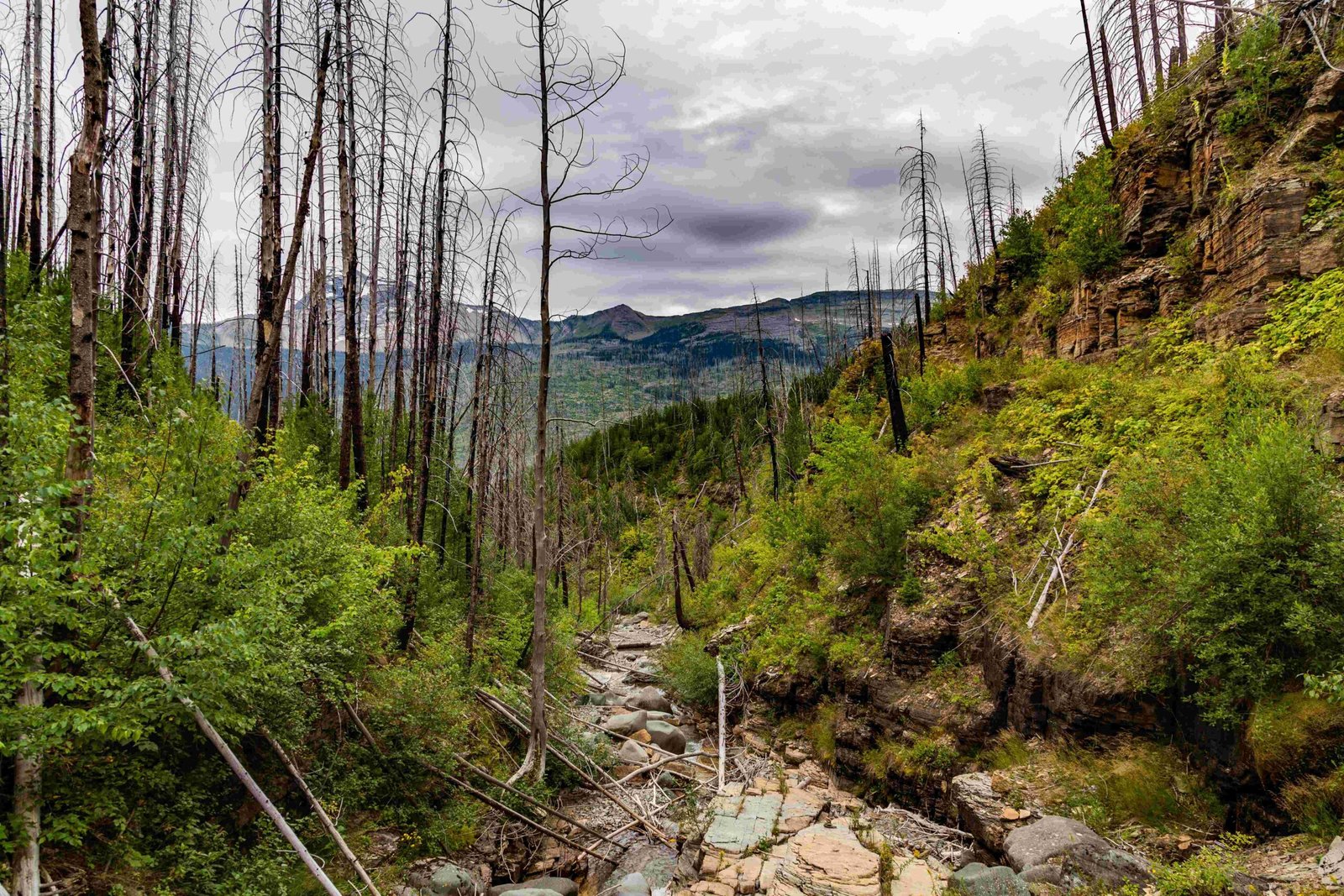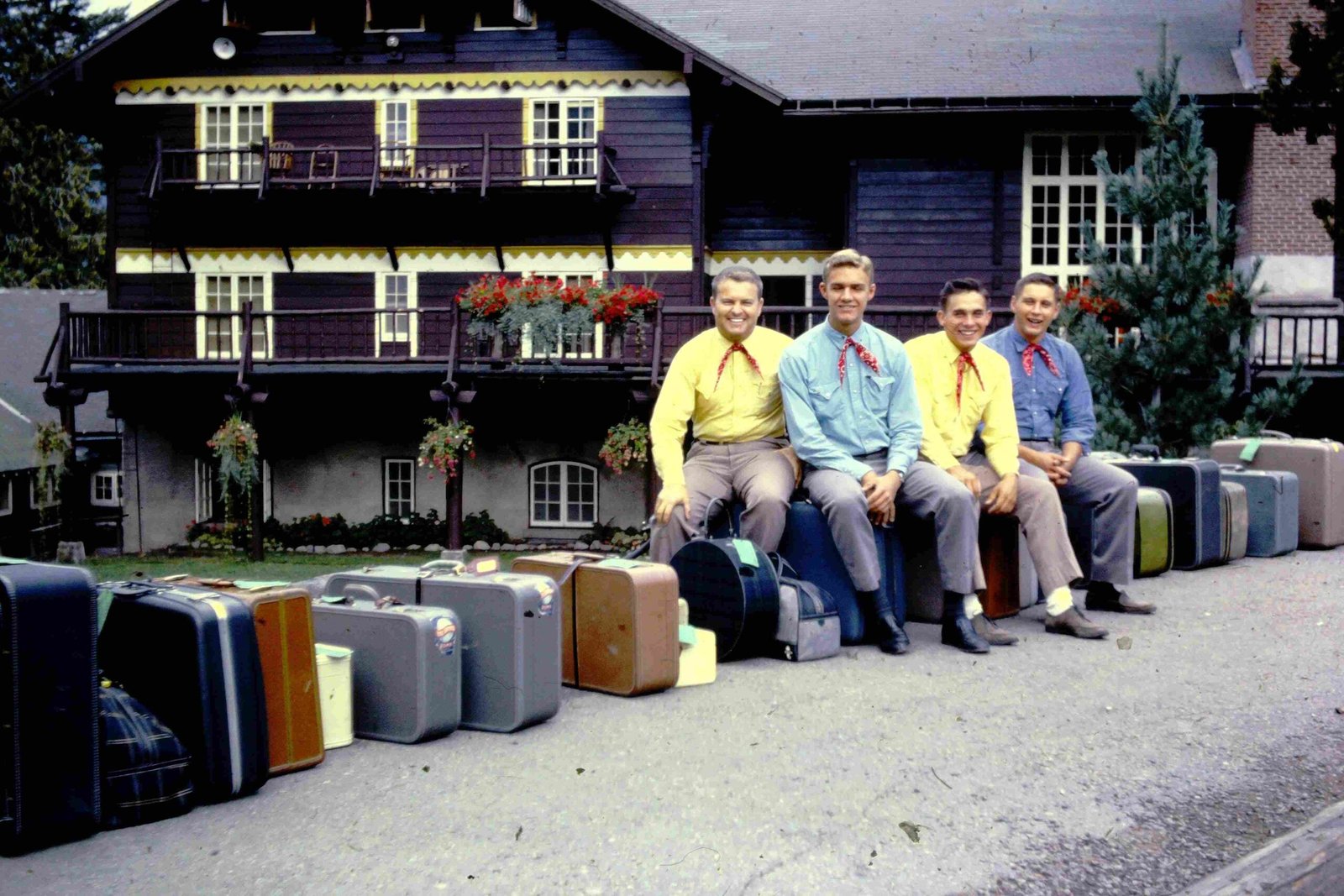Bird Woman Glacier National Park, home to the iconic Bird Woman Falls, was formed through millions of years of glacial activity. The park’s landscape, including its U-shaped valleys and hanging valleys, is a testament to the power of ice and erosion. This article explores the geological processes, historical events, and current state of Bird Woman Glacier, providing insights into how this natural wonder came to be.
What Are the Key Geological Processes That Formed Bird Woman Glacier?

The formation of Bird Woman Glacier and the surrounding landscape in Glacier National Park is primarily attributed to glacial processes. These processes have shaped the area over millions of years, creating the stunning features we see today.
Glacial Erosion
Glacial erosion is the primary force behind the formation of Bird Woman Glacier and its surrounding landscape. This process involves:
- Plucking: Glaciers freeze to the bedrock and tear away chunks as they move.
- Abrasion: Rock debris carried by glaciers grinds against the bedrock, smoothing and polishing surfaces.
- Freeze-thaw action: Water in cracks freezes and expands, breaking apart rocks.
U-Shaped Valleys
One of the most distinctive features of glacial landscapes is the U-shaped valley. These valleys are formed when:
- Glaciers carve out broad, deep valleys with steep sides
- The ice mass moves downslope, widening and deepening the valley
- The resulting shape contrasts with V-shaped valleys formed by rivers
Bird Woman Falls is situated in such a U-shaped valley, showcasing the power of glacial erosion.
Hanging Valleys
Bird Woman Falls itself is a product of a hanging valley, a key feature in glacial landscapes. Hanging valleys form when:
- Smaller tributary glaciers join a larger main glacier
- The main glacier erodes its valley more deeply than the tributary glaciers
- When the ice melts, the tributary valleys are left ‘hanging’ above the main valley
This process created the dramatic 492-foot drop of Bird Woman Falls.
What Is the Timeline of Geological History for Bird Woman Glacier?

The formation of Bird Woman Glacier and the surrounding Glacier National Park spans millions of years. Understanding this timeline helps us appreciate the long-term processes that shaped this natural wonder.
Precambrian Era (4.6 billion – 541 million years ago)
- Formation of the Belt Supergroup: Sedimentary rocks that make up much of Glacier National Park were deposited in a shallow sea
- These rocks were later uplifted and folded, forming the Rocky Mountains
Pleistocene Epoch (2.58 million – 11,700 years ago)
- Massive glaciers covered much of North America, including the Glacier National Park area
- These glaciers, up to a mile thick, carved the landscape, creating U-shaped valleys and cirques
Holocene Epoch (11,700 years ago – present)
- Glaciers began to retreat, leaving behind the current landscape
- The Little Ice Age (approximately 1300-1850 AD) saw a brief advance of glaciers
- Since the mid-1800s, glaciers have been in continuous retreat
Current Era
- The remaining glaciers in Glacier National Park, including those influencing Bird Woman Falls, are estimated to be about 7,000 years old
- These glaciers continue to retreat, with scientists predicting their disappearance within the next few decades
What Is the Current State of Bird Woman Glacier?
Understanding the current state of Bird Woman Glacier provides insight into ongoing geological processes and the impacts of climate change.
Size and Volume
While specific measurements for Bird Woman Glacier are not readily available, we can infer its characteristics based on general data from Glacier National Park:
| Characteristic | Description |
|---|---|
| Number of Glaciers | 25 remaining in the park |
| Average Glacier Size | Varies, but most are less than 0.1 square miles |
| Ice Thickness | Typically 20-30 feet thick |
| Elevation | Most glaciers are found above 6,500 feet |
Observable Changes
Bird Woman Glacier, like other glaciers in the park, is experiencing significant changes:
- Rapid retreat: The glacier is shrinking in size and volume
- Increased meltwater: As the glacier melts, it contributes more water to Bird Woman Falls
- Landscape alteration: The retreat is exposing new rock surfaces and potentially creating new lakes
Impact on Bird Woman Falls
The changes in Bird Woman Glacier directly affect Bird Woman Falls:
- Water flow may become more variable, with higher flows during peak melt seasons
- The long-term sustainability of the falls may be at risk as the glacier continues to shrink
- The surrounding ecosystem is adapting to these changes, with potential shifts in plant and animal communities
What Challenges Does Bird Woman Glacier Face?
Bird Woman Glacier, like many glaciers worldwide, faces significant challenges due to climate change and human activity.
Climate Change
The primary threat to Bird Woman Glacier is global warming:
- Rising temperatures accelerate glacial melt
- Changes in precipitation patterns affect snow accumulation
- Reduced ice cover exposes more rock, further accelerating warming
Human Activity
While direct human impact on Bird Woman Glacier is limited due to its remote location, indirect effects include:
- Increased carbon emissions contributing to global warming
- Potential pollution from nearby roads and visitor facilities
- Disturbance to local ecosystems that may indirectly affect the glacier
Research and Monitoring Challenges
Studying Bird Woman Glacier presents several difficulties:
- Remote location: Accessing the glacier for research is logistically challenging
- Harsh weather conditions: High winds and snow limit research opportunities
- Limited funding: Ongoing monitoring requires significant resources
How Can We Preserve Bird Woman Glacier for Future Generations?
Preserving Bird Woman Glacier and the surrounding Glacier National Park requires a multi-faceted approach:
- Climate Action
- Reduce greenhouse gas emissions
- Support renewable energy initiatives
-
Promote sustainable transportation options
-
Education and Awareness
- Inform visitors about the glacier’s history and current state
- Highlight the impacts of climate change on glacial environments
-
Encourage responsible tourism practices
-
Research and Monitoring
- Continue scientific studies of Bird Woman Glacier and its surroundings
- Use advanced technologies like satellite imaging for regular monitoring
-
Share research findings with the public and policymakers
-
Conservation Efforts
- Implement strict protection measures for the glacier and its watershed
- Restore and protect surrounding ecosystems
- Collaborate with local communities and indigenous groups for conservation
By understanding how Bird Woman Glacier National Park was formed and the challenges it faces, we can better appreciate this natural wonder and work towards its preservation for future generations.
References:
1. National Park Service – Glaciers / Glacial Features
2. USGS – Retreat of Glaciers in Glacier National Park
3. NASA Earth Observatory – Glacier National Park’s Iconic Glaciers Are Melting Away